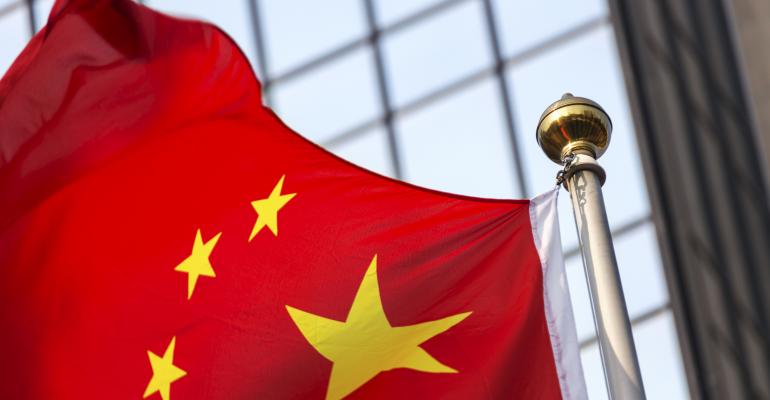More bad news out of Asia: Chinese manufacturing conditions are back at the same levels as they were at the height of the financial crisis in 2009, a clear sign that China’s economy is slowing.
The preliminary Caixin China purchasing managers’ index (PMI) fell to a 77-month low of 47.1 in August, down from July’s final reading of 47.8. Any index reading below 50 represents a contraction. The data had an immediate effect on local markets—the Shanghai Composite Index dropped 4.3 percent to its lowest level since July 8—and China’s fragility will do nothing to shore up confidence in global markets.
We all know the dramatic steps that were necessary to revive the Chinese economy in 2009—a 4 trillion renminbi (RMB) stimulus package, equivalent to about 12 percent of China’s annual gross domestic product (GDP) at the time. China will need to take drastic action again, and to a greater degree than it has done in recent weeks.
The challenge is that attempts by the People’s Bank of China (PBoC) to inject liquidity are being sterilized by offsetting sales of reserve assets to stem a more dramatic slide in the exchange value of the RMB. This limits the impact of actions to increase monetary liquidity as is evidenced by the recent unintended rise in short-term rates in China.
As a result, the PBoC will soon be forced to reduce bank reserve requirements while allowing for a more rapid devaluation of the RMB. Time is not on the side of Chinese policymakers. Given the severity of the current domestic slowdown, pressure is mounting for more radical policy action.
Expect to see further downward pressure on commodity prices, global equities, and U.S. Treasury yields. The first sign that we are approaching a bottom for all three will be when China caves and allows the RMB to adjust to a more appropriate level, which could mean another 25–30 percent decline in the value of the RMB against the U.S. dollar.
Things will get worse before they get better, and investors around the world are demonstrating appropriate concern. Unfortunately, relief is nowhere in sight.
China’s 7% Growth Target Is a Challenge
A gauge of China’s manufacturing sector, the Caixin manufacturing PMI is also an important cross reference for China’s officially reported GDP growth. The average of July and August PMI readings indicates that conditions in China’s manufacturing sector will contract with increasing severity in the third quarter. Barring any dramatic policy action by Chinese officials, it won’t be easy for the world’s second-largest economy to reach its 7 percent growth target this year.

This material is distributed for informational purposes only and should not be considered as investing advice or a recommendation of any particular security, strategy or investment product. This article contains opinions of the author but not necessarily those of Guggenheim Partners or its subsidiaries. The author’s opinions are subject to change without notice. Forward looking statements, estimates, and certain information contained herein are based upon proprietary and non-proprietary research and other sources. Information contained herein has been obtained from sources believed to be reliable, but are not assured as to accuracy. No part of this article may be reproduced in any form, or referred to in any other publication, without express written permission of Guggenheim Partners, LLC. ©2015, Guggenheim Partners. Past performance is not indicative of future results. There is neither representation nor warranty as to the current accuracy of, nor liability for, decisions based on such information. Past performance is not indicative of future results. There is neither representation nor warranty as to the current accuracy of, nor liability for, decisions based on such information.
Scott Minerd is Chairman of Investments and Global Chief Investment Officer at Guggenheim.





